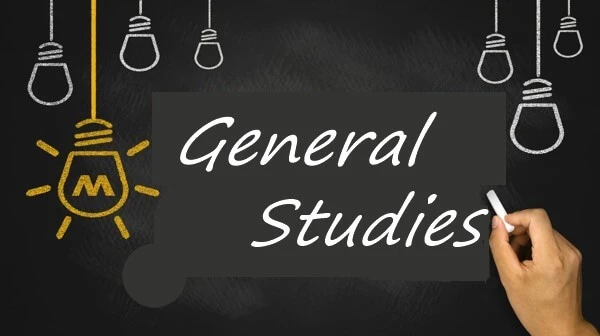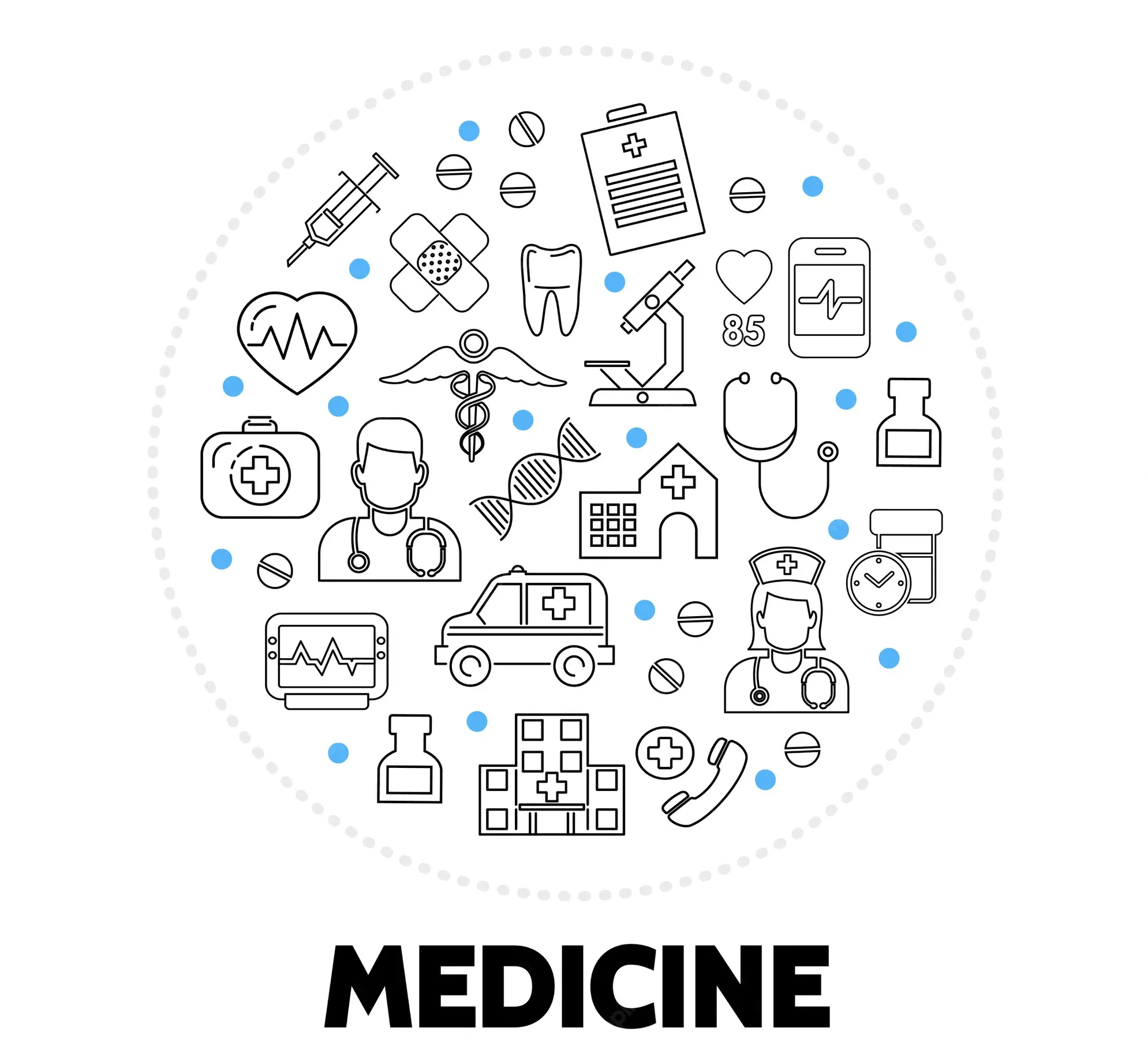Covalent Solid Books
ENZYMES (Catalysis, Kinetics and Mechanisms)
Author: NS Punekar
School: University of Ilorin
Department: Medical, Pharmaceutical and Health science
Course Code: BCH212, BCH303, BCH323, BCH401, BCH403, BCH432, ANP205
Topics: enzyme, enzyme catalyst, enzyme catalysis, enzyme catalytic power, conformational flexibility, protein motion, chemical kinetics, equilibrium, ES complex, transient species, enzyme assays, enzyme kinetic practice, enzyme purity, Henri-Michaelis-Menten equation, enzyme kinetic data, kinetic mechanism, enzyme inhibition analysis, irreversible inhibitions, reversible inhibitions, substrate interaction, enzymology, istotope, enzymology, chemical mechanisms, catalysis, chemical reactivity, molecular interactions, acid-base chemistry, nucleophilic catalysis, covalent reaction intermediate, enzymatic oxidation-reduction reactions, carboxylations, decarboxylations, electrophilic catalysis, amino acid transformation, regulation of enzyme activity
Concise Inorganic Chemistry, 5th edition
Author: JD Lee
School: University of Ilorin
Department: Science and Technology
Course Code: CHE127, CHE227
Topics: atomic structure, bonding, periodic table, ionic bond, covalent bond, metallic bond, coordination bond, hydrogen, hydride, alkali metal, alkaline earth metal, chalcogen, group 2 element, group 13 element, S-block element, P-block element, group 14 element, group 15 element, group 16 element, halogen, group 17 element, halogen oxide, noble gas, transition element, scandium group, titanium group, vanadium group, chromium group, manganese group, iron group, cobalt group, nickel group, copper group, zinc group, Bohr theory, Pauli exclusion principle, atomic spectra, Hund rule, solubility, conductivity, lattice energy, stochiometric defect, schottky defect, Lewis theory, octet rule, sidgwick-powell theory, VSEPR theory, isoelectronic principle, Heisenberg uncertainty principle, radial function, angular function
Chemistry The Molecular Nature of Matter and Change ,9th edition
Author: Martin Silberberg, Patricia Amateis
School: University of Nigeria, Nsukka
Department: Science and Technology
Course Code: CHM112
Topics: Chemistry, matter, Stoichiometry, Chemical Reactions, Kinetic-Molecular Theory, Thermochemistry, Quantum Theory, Atomic Structure, Electron Configuration, Chemical Periodicity, chemical bonding, Shapes of Molecules, covalent bonding, Intermolecular Forces, Periodic Patterns, Organic Compounds, carbon, chemical reactions, chemical kinetics, chemical equilibrium, Acid-Base Equilibria, Ionic Equilibria, Thermodynamics, Entropy, Free Energy, Reaction Direction, Electrochemistry, Chemical Change, Electrical Work, Transition Elements, nuclear reactions
Principles of General Chemistry ,3rd edition
Author: Martin Silberberg
School: University of Nigeria, Nsukka
Department: Science and Technology
Course Code: CHM101, CHM112, CHM122
Topics: matter, chemical reactions, gases, Kinetic Molecular Theory, Thermochemistry, Energy Flow, Chemical Change, Quantum Theory, Atomic Structure, Electron Configuration, Chemical Periodicity, Chemical Bonding, Shapes of Molecules.Covalent Bonding, Intermolecular Forces, Periodic Patterns, solutions, Organic Compounds, carbon, Mechanisms of Chemical Reactions, Acid-Base Equilibria, Ionic Equilibria, Thermodynamics, Entropy, Free Energy, Electrochemistry, Chemical Change, Electrical Work, Transition Element, Nuclear Reactions
Student Solutions Manual to accompany Principles of General Chemistry
Author: Martin Silberberg, Patricia Amateis
School: University of Nigeria, Nsukka
Department: Science and Technology
Course Code: CHM101, CHM112, CHM122
Topics: matter, chemical reactions, gases, Kinetic Molecular Theory, Thermochemistry, Energy Flow, Chemical Change, Quantum Theory, Atomic Structure, Electron Configuration, Chemical Periodicity, Chemical Bonding, Shapes of Molecules.Covalent Bonding, Intermolecular Forces, Periodic Patterns, solutions, Organic Compounds, carbon, Mechanisms of Chemical Reactions, Acid-Base Equilibria, Ionic Equilibria, Thermodynamics, Entropy, Free Energy, Electrochemistry, Chemical Change, Electrical Work, Transition Element, Nuclear Reactions
Author: Bryan Earl, Doug Wilford
School: International Exams
Department: Science and Technology
Course Code: IGCSE
Topics: kinetic theory of matter, diffusion, compounds, experimental techniques, elements, separating mixtures, gels, sols, foams, emulsions, atomic structure, atomic bonding, Ionic bonding, covalent bonding, glasses, ceramics, metallic bonding, Stoichiometry, chemical calculations, relative atomic mass, reacting masses, calculating masses, moles, chemical equations, electricity, electrolysis, electroplating, chemical energetics, fossil fuels, chemical energy, cells, batteries, chemical reactions, enzymes, acid, base, alkalis, salt formation, crystal hydrates, salt solubility, titration, periodic table, Alkali metal, alkaline earth metals, halogens, noble gases, transition elements, metal, metal reactions, metal nitrate decomposition, metal carbonate decomposition, metal oxide decomposition, metal reactivity, metal waste, rusting of iron, air, water, ammonia, artificial fertilizer, water cycle, water hardness, sulfur, sulfur dioxide, sulfuric acid, inorganic carbon chemistry, limestone, carbonates, carbon dioxide, organic chemistry, alkanes, alkenes, Biotechnology, alcohols, Carboxylic acids, soaps, detergents, Condensation polymers, biopolymers, Pharmaceuticals, Experimental chemistry
Shriver & Atkin's inorganic chemistry
Author: Peter Atkins, Tina Overton, Jonathan Rourke, Mark weller, Fraser Armstrong, Michael Hagerman
School: University of Ibadan
Department: Science and Technology
Course Code: CHE126
Topics: Inorganic chemistry, atomic structure, atomic orbitals, molecular structure, bonding, Lewis structure, valence bond theory, Molecular orbital theory, ionic solids, ionic bonding, semiconduction, acid, base, Brønsted acidity, Lewis acidity, oxidation, reduction, reduction potentials, redox stability, Molecular symmetry, isomerism, coordination compounds, chirality, spectroscopy, chemical analysis, Magnetometry, periodic trends, Group 1 elements, Group 2 elements, hydrogen, Group 13 elements, Group 15 elements, Group 14 elements, Group 16 elements, d-Block elements, Representative compounds, Electronic spectra, Magnetism, Coordination chemistry, Ligand substitution reactions, Ligand substitution, Redox reactions, Photochemical reactions, Lanthanoid chemistry, Actinoid chemistry, ligands, Solid-state chemistry, materials chemistry, Metal oxides, nitrides, fluorides, Chalcogenides, intercalation compounds, Hydrides, inorganic pigments, Semiconductor chemistry, Molecular materials, fullerides, catalysis, Homogeneous catalysis, Heterogeneous catalysis, Hybrid catalysis, Characterization, fabrication, Nanomaterials, nanoscience, nanotechnology, Self-assembled nanostructures, Bioinorganic nanomaterials, Biological inorganic chemistry, Catalytic processes, Biological cycles, Chelation therapy, nitrogen cycle, hydrogen cycle, acid-base catalysis, Tethered catalysts, Electrocatalysis, Alkene polymerization, Ammonia synthesis, Hydroformylation, Alkene metathesis
Schaum's Outline of College Chemistry ,Ninth edition
Author: Jerome Rosenberg, Lawrence Epstein, Peter Krieger
School: Ahmadu Bello University, Zaria
Department: Science and Technology
Course Code: CHEM131
Topics: temperature, temperature units, atomic mass, molar mass, molecular mass, relative atomic mass, emperical formula, chemical formula, limiting reactant, chemical reactions, gas, gas volume, pressure, standard atmospheric pressure, pressure measurement, gas law, Boyle's law, Charles's law, Gay-lussac law, combined gas law, ideal gas, ideal gas law, kinetic theory, avogardo hypothesis, molar volume, gas volume, gas stoichiometry, thermochemistry, heat, heat capacity, calorimetry, energy, enthalphy, thermochemical reactions, atomic structure, particle, waves, Pauli principle, Periodic law, Aufbau principle, Electron configuration, Atomic radii, ionization energy, electron affinity, chemical bonding, molecular structure, ionic compounds, covalence, valence-bond representation, molecular-orbital representation, π BONDING, MULTICENTER π BONDS, coordination compounds, isomerism, solid, liquid, crystals, crystal forces, Ionic Radii, oxidation-reduction, oxidation number, oxidizing agents, reducing agents, ionic notation, balancing equations, concentration, concentration scales, concentration units, dilution, volumetric standard solutions, vapor pressure lowering, freezing-point lowering, boiling-point lowering, Boiling-point elevation, osmotic pressure, Law of distribution, isomerism, functional groups, organic chemistry, biochemistry, thermodynamics, chemical equilibrium, Equilibrium constant, Le Chatelier's principle, acid, base, hydrolysis, buffer solution, indicators, weak polyprotic acids, tittration, complex ions, coordination complexes, electrochemistry, solubility product, electrical units, electrolysis, voltaic cells, standard half-cell potentials, free energy, Nonstandard potentials, rate of reactions, rate constant, energy of activation, Nuclear process, Binding energy, nuclear equations, radiochemistry
Chemistry & Chemical Reactivity, 10th edition
Author: John Kotz, Paul Treichel, John Townsend, David Treichel
School: Chukwuemeka Odumegwu Ojukwu University
Department: Science and Technology
Course Code: CHM313
Topics: Chemistry, Chemical Reactivity, atoms, molecules, ions, chemical reactions, Stoichiometry. gases, intermolecular forces, liquids, solid state, chemical reactions, chemical kinetics, acid, base, electron transfer reactions, environmental chemistry, carbon, biochemistry, nuclear chemistry
Author: Yvonne Bouwman-Boer, V‘Iain Fenton-May, Paul Le Brun
School: Delta State University, Abraka
Department: Medical, Pharmaceutical and Health science
Course Code: PIP211
Topics: Practical Pharmaceutics, Prescription Assessment, medicine availability, oral solids, oral liquids, pulmonary, Oropharynx, nose, ear, eye, rectal, vaginal, dermal, parenteral, Irrigations, Dialysis Solutions, Radiopharmaceuticals, Biopharmaceutics, product design, physical chemistry, microbiology, statistics, Quality Risk Management, Occupational Safety, occupational Health, Sterilization Methods, Aseptic Handling, Pharmaceutical Quality Systems
Departments

Administration, Social and Management science

Agriculture and Veterinary Medicine

Arts and Humanities

Education

Engineering

General studies

Law

Medical, Pharmaceutical and Health science

Science and Technology